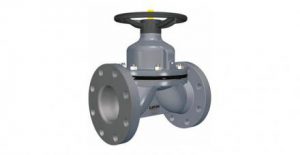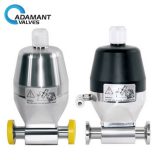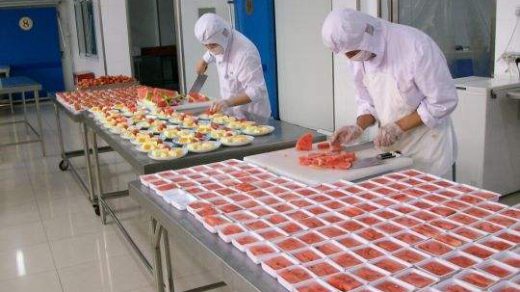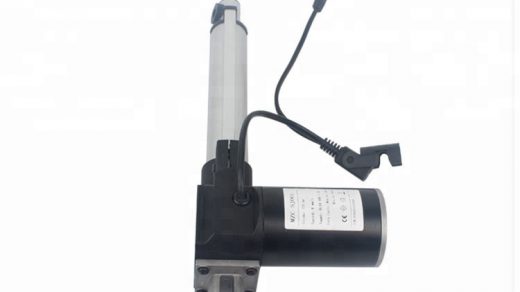A diaphragm valve is a special form of truncation valve. It’s opening and closing part is a soft material made of a diaphragm, which separates the body cavity from the cover cavity. Diaphragm valves are provided with a flexible or combined diaphragm in the body and cover, and the closing member is a compression device connected to the diaphragm, and the seat can be either a weir or a straight-through pipe wall.

The advantage of the diaphragm valve is that its operating mechanism is separated from the medium passage, which not only ensures the purity of working medium but also prevents the possibility of medium impact operating mechanism working parts in the pipeline. Besides that, no separate seal of any kind is required at the stem unless used as a safety device in the control of harmful media. In the diaphragm valve, the working medium only touches the diaphragm and valve body, both of which can be made of various materials. Therefore, the valve can control a variety of working media ideally, especially for the medium of chemical corrosion or suspended particles. The working temperature of the diaphragm valves is usually limited by the diaphragm and body lining material used, and its working temperature ranges from -50 ~ 175 ℃.
The diaphragm valve is simple in structure and consists of only three main parts that are the body, diaphragm and cover assembly. The valve is easy to disassemble and repair quickly, and the replacement diaphragm can be completed on-site and in a short time. The separation of the control mechanism and the media access makes the diaphragm valve suitable not only for food and medical and health industry production but also for some difficult and dangerous media. More applications of synthetic rubber and engineering plastics, as well as a wider selection of valve body lining materials, have made diaphragm valves widely used in various fields of modern industry. The diaphragm valve itself is designed to be particularly suitable for ultra-pure or heavily polluted, very viscous liquids, gases, corrosive or inert media. When combined with control equipment, diaphragm valves can replace other traditional control systems, especially for solid and easily contaminated inert media.
Diaphragm valves are mainly used in biopharmaceutical, food, and industry, as well as electric power, chemical, electroplating, and other industries of industrial water treatment. Diaphragm valves are especially suitable for transporting corrosive, viscous fluids, such as mud, food, medicine, wet-dimensional adhesives, etc.
Adamantvalves supplies all kinds of high-quality valves such as sanitary butterfly valves, sanitary ball valves, sanitary diaphragm valves, sanitary shut off valve, etc. Please visit http://www.adamantvalves.com/ for more information.




Recent Comments